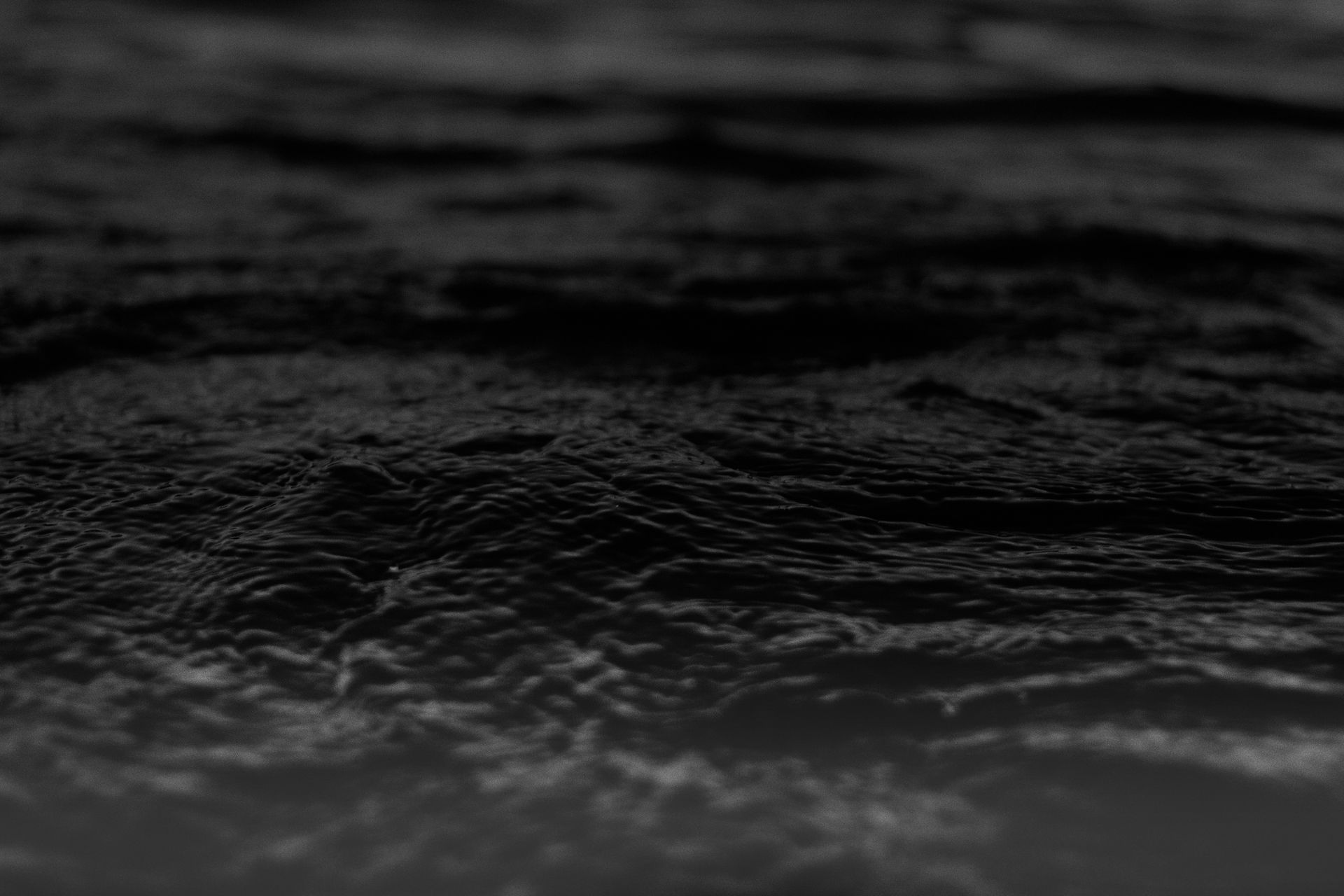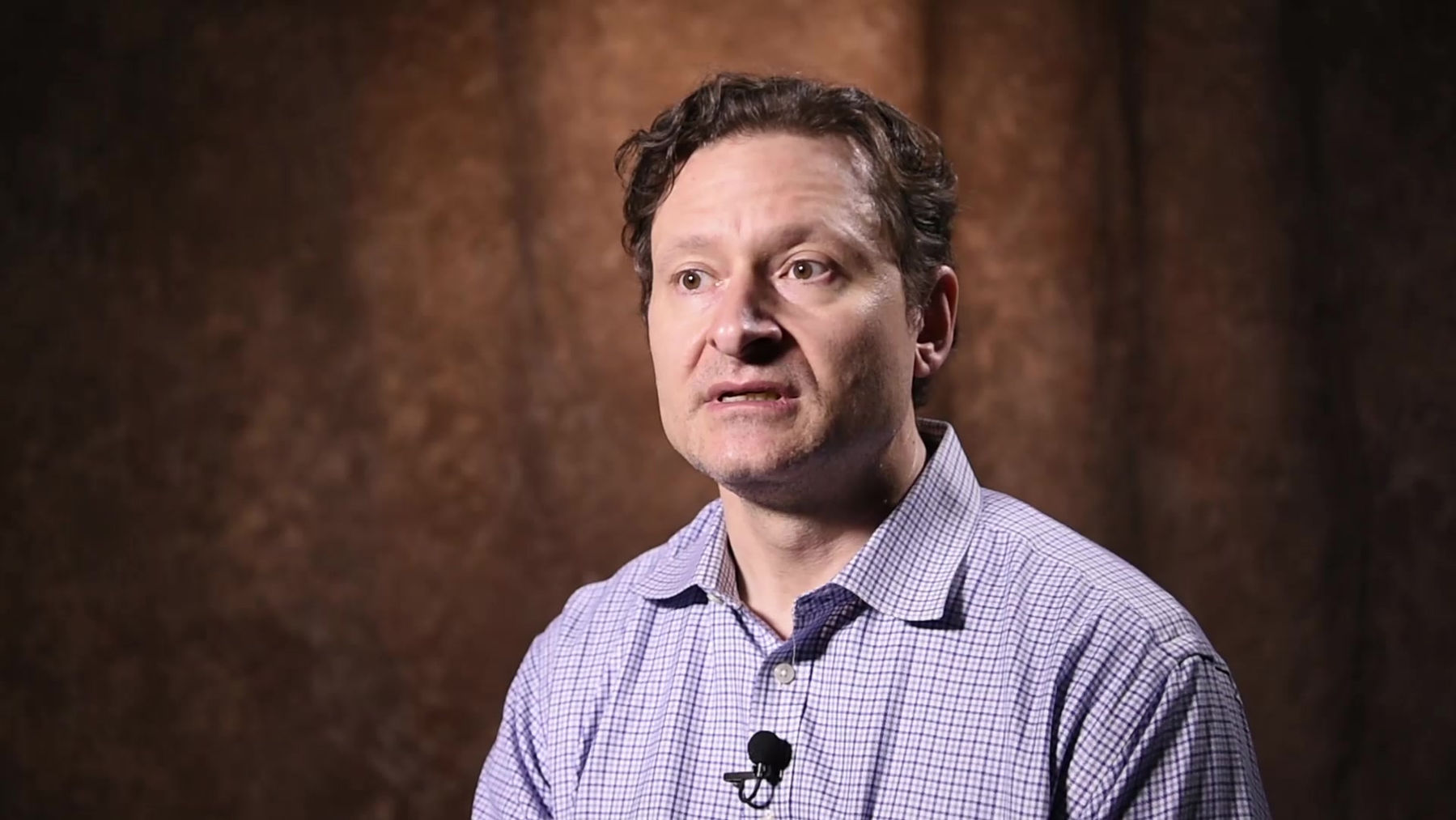
The Office of Naval Research also funds
other topics of research. Please click the above icon to submit a white paper for a topic not listed on the left.
Advanced
Manufacturing
Repair Technologies
Operational readiness is a priority across DoD platforms. A key logistics driver for readiness is low volume parts availability and obsolescence. Repair of existing structural parts through new structural and functional repair technologies will support readiness for critical components that are no longer available or are hard to source. New repair technologies utilizing digital manufacturing approaches are of high interest. This may include solid state repairs due to the critical dimensions of as fabricated parts/components, repairs to restore function or composition from dealloying, coupled repair technologies identify a repair and generate a repair path/plan, etc. Key repair considerations include minimizing residual stress and part distortion, repair portability for in situ or depot level repairs, and applicability across a large range of materials.
Dissimilar Large Scale Additive Manufacturing
Additive manufacturing (AM), also referred to as 3D printing, uses a three dimensional digital model for layer-by-layer deposition to fabricate a desired 3D shape. In contrast, traditional manufacturing tools, such as the lathe and mill, are “subtractive” processes that remove material to produce a final part. The ability to fabricate layer by layer enables designs that could not be fabricated through conventional manufacturing for tailored structures. This includes the ability to fabricate structures from dissimilar materials for structural and functional performance. Dissimilar additive manufacturing can enable functionally graded materials and has strong potential impact for large scale fabrication. Areas of interest include new additive technologies and materials for dissimilar large scale additive fabrication (greater than 18”) for complex geometries.
Cyberphysical security for digital manufacturing
Manufacturing is now connected to a broader “digital thread” that connects data from fabrication through an asset’s lifecycle. With new manufacturing technologies from computed tomography to additive manufacturing, this digital data flows across traditional domains. In order to capitalize on the ability of a distributed manufacturing network, cyberphysical security for digital manufacturing must be considered. This is of particular concern in controlling technical data packages for fabrication and inspection of parts that could re-create counterfeit parts. Cyberphysical security concepts for digital manufacturing may include new methods for authentication of digitally manufactured parts, new tools for digital manufacturing signatures to ensure appropriate processing/fabrication, and considerations for appropriate access to digital fabrication information across the digital thread.
Augmented reality technologies
The Navy and Marine Corps seeks to use mixed reality, with a focus on augmented reality (AR) technologies, to improve training and operations for infantry (e.g. ground or dismounted forces) combat personnel at the small unit level. This includes augmented training environments to simulate environments, assets and effects, friendly/opposing forces, and adaptive training to improve learning; and operational tools that can improve situational awareness and decision making by supporting heads-up rather than heads down activities. This program is soliciting white papers and proposals to conduct applied research and advanced technology development addressing Naval (Navy and Marine Corps)-driven and Naval-unique challenges for dismounted small unit leaders in the following areas:
-
Automated methods for generating content and/or behaviors for use in mixed reality technologies.
-
Interface schemes to support easy, rapid, and effective interaction with mixed reality technologies to improve situational awareness and decision making.
-
Adaptive training that provides scaffolding with micro or macro adaptation using Augmented Reality to help Warfighters understand the complexities of geometry and utilization of assets associated with Combined Arms activities – e.g. Call for Fire, Close Air Support.
-
Occlusion reasoning technologies to tracking dynamic objects for real-time stereo occlusion.
Advanced optical or video-see through head mounted displays that are low-cost and ruggedized for infantry use.
Flight Dynamics
& Control
The Navy and Marine Corps fixed and rotary-wing aircraft have unique flight dynamics and control issues due to their distinct mission requirements necessitating ship-based flight operations in all conditions, including at night, in bad weather and at high sea states. Shipboard landings require precise relative navigation and control in highly unsteady ship airwakes to land on pitching and rolling decks in high sea states. Ship defense requires systems to monitor the maritime environment, interceptors to counter threats and algorithms to guide successful engagements. This program is soliciting white papers and proposals to conduct basic and applied research addressing Navy-driven and Navy-unique challenges in the following areas:
-
Advanced control architectures to achieve robust and precise shipboard landings and formation flight in highly unsteady conditions
-
Scaled flight experiments to validate the predicted effectivity of novel control mechanisms as well as the basic physics governing interactions with free-body dynamics, particularly at flight envelope boundaries and flight mode transitions.
-
Efficient, linear and non-linear control law synthesis for achieving guaranteed performance and stability across a wide range of flight conditions
-
Mathematical framework for proving the probability of success for a system of vehicles operating with a common objective
-
Advanced sensors and algorithms for precise relative navigation in GPS-denied environments.
-
Sensors and algorithms to safely manage autonomous deck operations
-
Advanced supervisory control that includes mission, flight control, propulsion control, and thermal management.
-
Advanced aerodynamic control and energy management to enable long endurance, low cost, VTOL air vehicles
In addition to specific contributions to any of these research areas, we are requesting solutions to the following challenge problem: design a scalable air vehicle capable of unassisted, sea-based launch & recovery in windy conditions, maintaining an average of 80 knot cruise speed over 48 hours, max takeoff weight of 55 pounds including 22 pounds of payload consuming 100 Watts of power.
Technical Point Of Contact
Dr. brian holm-hansen

Holm-Hansen
Aero-structural tailoring for Advanced air vechicles
One of the core missions of the US Navy is Power Projection through the operations and capabilities of the Carrier Air Group. As part of the Sea-based Aviation portfolio, ONR seeks to fund novel research into the design and optimization of aerodynamic/aero-elastic response via airframe structural concepts. Airframe design has significant impacts for the trade-off optimization of structural performance, handling, maneuverability, weight, range, and payload. The integration of advanced aeronautical concepts with structural mechanics modeling and modern manufacturing capability offers the possibility of dramatic improvements in air vehicle performance. We now have the multi-disciplinary design resources to explore research concepts in combined computational structural/fluid dynamics, non-traditional configurations for tuned aero-elastic flutter response, passive and active flow control, and vibrational dampening.
This effort is envisioned to explore the shape and platform design, analysis and optimization of airframe structures, either through traditional or novel manufacturing processes, to specifically tailor vehicle aerodynamic performance in one of the before mentioned areas. This could also enable the development of novel control laws. Ultimately, this work is envisioned to eventually expand the design space for air (rotary-wing and fixed-wing) by encouraging optimization of the vehicle’s structural state and its aerodynamic/ hydrodynamic operational efficiency. This optimization could also enable structural life extension by creating more efficient flight behaviors that alleviate higher fatigue loading conditions. This topic would greatly expand the basic design tools for fluid-structures interactions. Insights developed under this research would find applications to both fixed-wind and rotary-wing aircraft, but also to internal flows (channels and engine nozzles and inlets) and hydrodynamic (ship and submarine) applications. Adaptive structural designs will enable greater efficiencies by optimizing vehicle empty weight fractions but also permit greater performance efficiencies for operations across the full flight envelopes.
Research Concentration Areas:
Structural and material optimization; aerodynamic control; computational structural and fluid dynamics; aerodynamic and structural interactions; and control law theory. Research into mechanisms for adaptive /tailored structures needs to take into consideration predictive techniques for fatigue resistance, ease of manufacturing, and power and thermal management requirements. In addition to advances in adaptive structural design considerations, advancing the understanding of fluid dynamics will be required to compute and predict in limited time-scales, the complex, dynamic flowfield behaviors to address the changing localized moving boundary conditions and dynamic environments.
Technical PointS Of Contact
Dr. brian holm-hansen
William Nickerson







